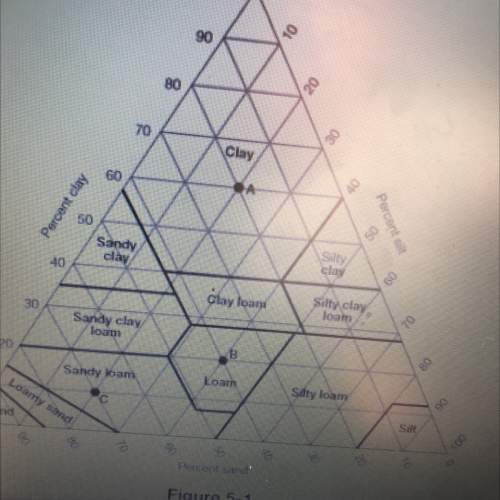
Biology, 30.07.2021 19:40 rederisbetter9379
Over the past 60 years, many amphibian species have experienced significant population declines, and some species have become extinct. Scientists suspected that local human activities such as the destruction of wetlands, regional pollution, and deforestation were the main reasons for these losses. However, research over the past 20 years reveals significant amphibian population declines in protected areas of the world, such as nature preserves and parks. These global declines suggest widespread problems including increased ultraviolet radiation, acid rain, and disease. In Switzerland, for example, 14 of the 20 native amphibian species are threatened with extinction. Chytridiomycosis is a fungal disease first identified in 1998 as a cause of massive amphibian deaths. In some severely impacted populations, a few individuals have survived, perhaps because of some natural resistance. If these resistant individuals continue to survive and prosper, new resistant populations might emerge. This would be an example of .

Answers: 3
Another question on Biology

Biology, 22.06.2019 00:30
If bacteria are much too small to see, what is one reason why can we see colonies in the petri dishes that have plenty of food to eat after only a few days?
Answers: 1

Biology, 22.06.2019 10:30
What is the best conclusion based on this data? the hypothesis was not supported because the data indicated that fertilizing plants does not improve plant growth. the hypothesis was supported; to get the best growth, use 5 milliliters of fertilizer per plant. the hypothesis was not supported; the data indicated that too much fertilizer can inhibit plant growth. the hypothesis was supported; to get the best growth, use 15 milliliters of fertilizer per plant.
Answers: 1

Biology, 22.06.2019 15:30
Por qué crees que los huevos con cáscara se llaman amnióticos?
Answers: 1

Biology, 22.06.2019 18:30
There are few cells in the body that do not undergo mitosis: most somatic cells divide regularly, some more than others. take for example the cells that line the digestive tract. these cells must be frequently replaced because they are constantly eroded by the movement of food through the tract. what mechanism(s) is/are in place to ensure that these cells are exact copies of the mother cell
Answers: 1
You know the right answer?
Over the past 60 years, many amphibian species have experienced significant population declines, and...
Questions


Mathematics, 21.10.2019 23:30


Mathematics, 21.10.2019 23:30



Mathematics, 21.10.2019 23:30


Business, 21.10.2019 23:30

Chemistry, 21.10.2019 23:30

English, 21.10.2019 23:30

Mathematics, 21.10.2019 23:30

Biology, 21.10.2019 23:30

Chemistry, 21.10.2019 23:30

Mathematics, 21.10.2019 23:30



Biology, 21.10.2019 23:30


Mathematics, 21.10.2019 23:30





